 The use of sit to stand desks for office workers has been on the rise for a number of years now. Although standing desks were reasonably common in Victorian times and even Leonardo da Vinci used one in the 1400s, very few were height adjustable. Whilst modern sit to stand desks (fully adjustable from sitting to standing heights) have been around for approximately ten years, they have only come to the forefront of mainstream office furniture within the last few years.
The use of sit to stand desks for office workers has been on the rise for a number of years now. Although standing desks were reasonably common in Victorian times and even Leonardo da Vinci used one in the 1400s, very few were height adjustable. Whilst modern sit to stand desks (fully adjustable from sitting to standing heights) have been around for approximately ten years, they have only come to the forefront of mainstream office furniture within the last few years.
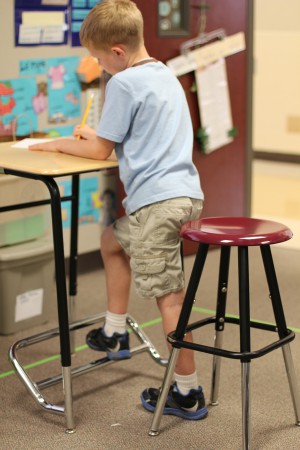 For the school environment, however, the norm is still sitting. There is much anecdotal evidence, from a number of experiments and from the few schools that have converted, that students who stand for a large part of their day increase their fitness, circulation, calorie burn and, perhaps most significantly, increase their performance at school. The anecdotal evidence, however, relating to brain function performance has now progressed to published findings by Ranjana Mehta, Ph.D, of the Texas A&M Health Science Center School of Public Health in the International Journal of Environmental Research and Public Health. As stated by Mehta “test results indicated that continued use of standing desks was associated with significant improvements in executive function and working memory capabilities” and that this “is consistent with results from previous studies on school-based exercise programs”.
For the school environment, however, the norm is still sitting. There is much anecdotal evidence, from a number of experiments and from the few schools that have converted, that students who stand for a large part of their day increase their fitness, circulation, calorie burn and, perhaps most significantly, increase their performance at school. The anecdotal evidence, however, relating to brain function performance has now progressed to published findings by Ranjana Mehta, Ph.D, of the Texas A&M Health Science Center School of Public Health in the International Journal of Environmental Research and Public Health. As stated by Mehta “test results indicated that continued use of standing desks was associated with significant improvements in executive function and working memory capabilities” and that this “is consistent with results from previous studies on school-based exercise programs”.
A few schools are making the transition, mainly in the US, where teachers found that after a few months using standing desks the students “were more focused, confident and productive”. This is consistent with a study a number of years ago which concluded that when performing a complicated mental task, children were able to focus more whilst moving rather than sitting still.
As with sit to stand desks for the office environment, not all standing desks for students are equal and there are a number of points that should be considered. A sitting option needs to be given, particularly at the outset of using standing desks, as it takes time for muscles to build up to cope with standing for long periods. Another useful feature incorporated into one student standing desk design is a “fidget bar”, which is a swinging bar allowing students to rest and swing their feet on. This copes with children’s “wriggly bum” syndrome. A desk where the height is adjustable is a must as children grow rapidly and heights can vary considerably across a classroom. Movable desks, such as those on castors, are likely to fit better with the need for most modern classrooms to be flexible. Most importantly it should be remembered that it is movement whilst standing that is crucial, not just the ability to stand.
It will be interesting to see the development of standing desks in schools in New Zealand in the future. The long term benefits (although unmeasurable as yet) of their use are likely to be profound as the students who have standing desks during their education go on to probably expecting to be able to use sit to stand desks in an office environment or having sit/stand options in whatever job they find themselves in.


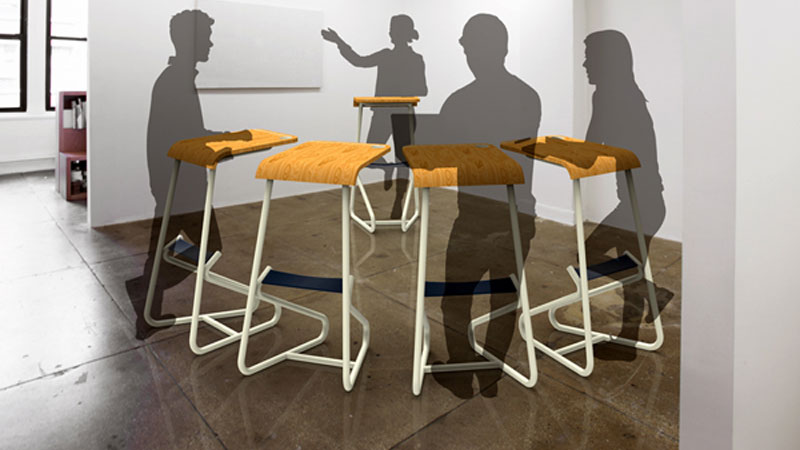
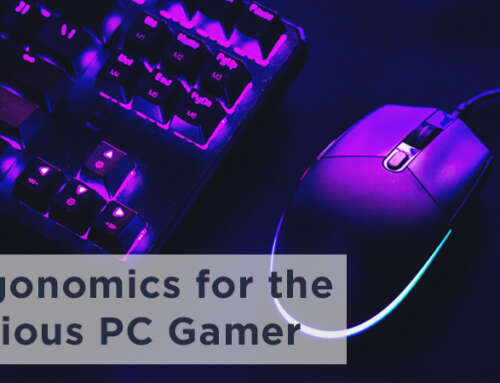
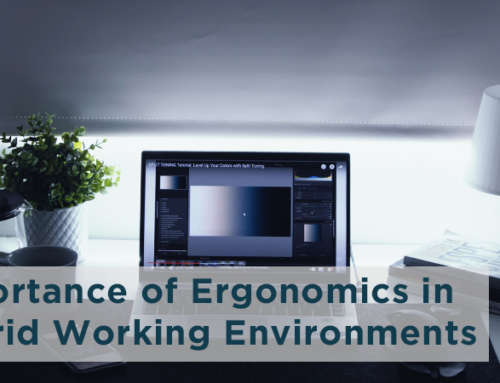
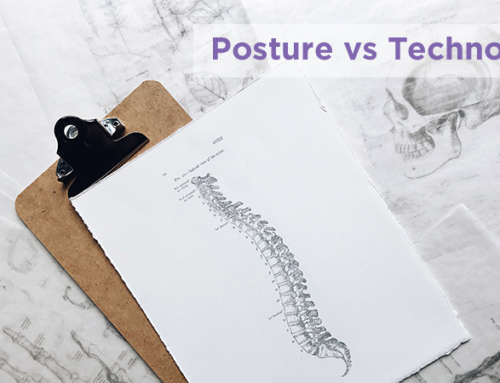

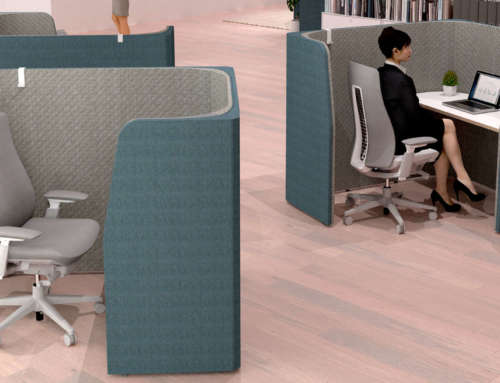
Leave A Comment
You must be logged in to post a comment.